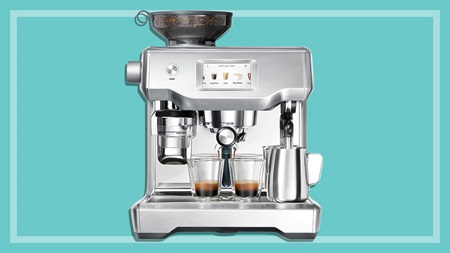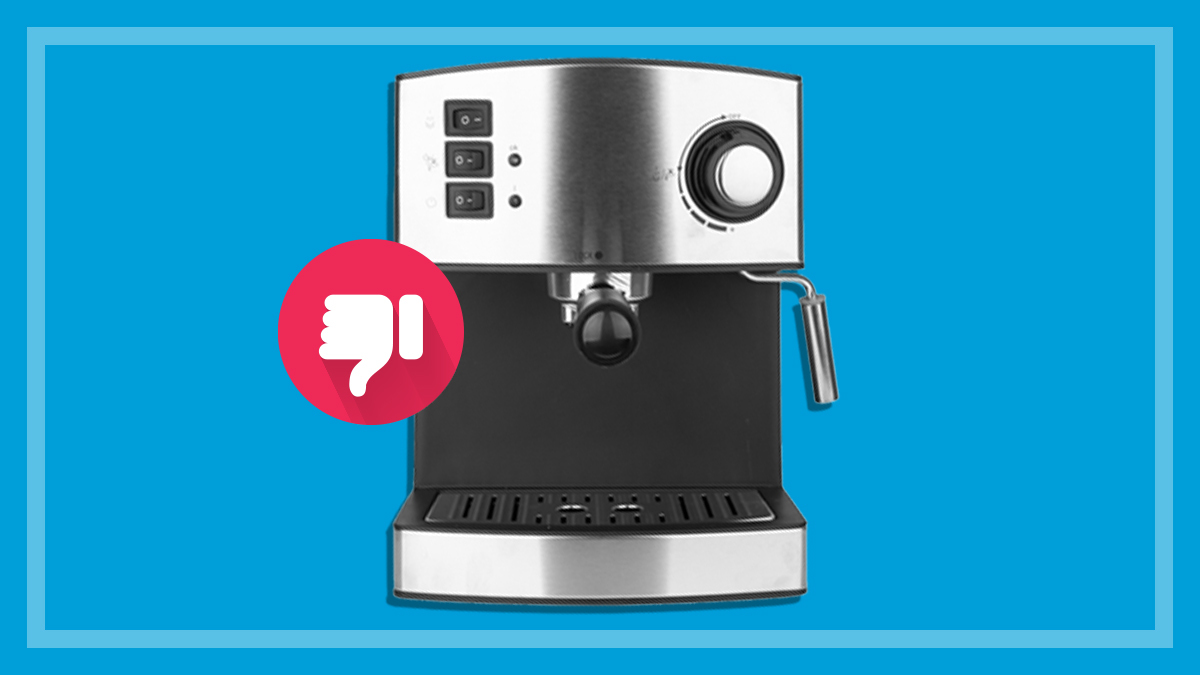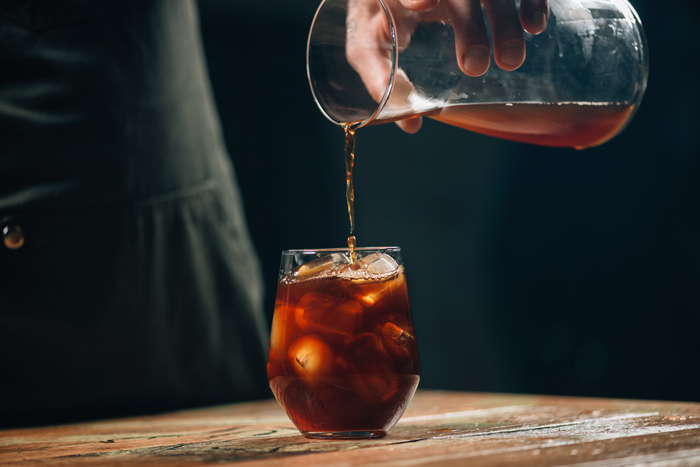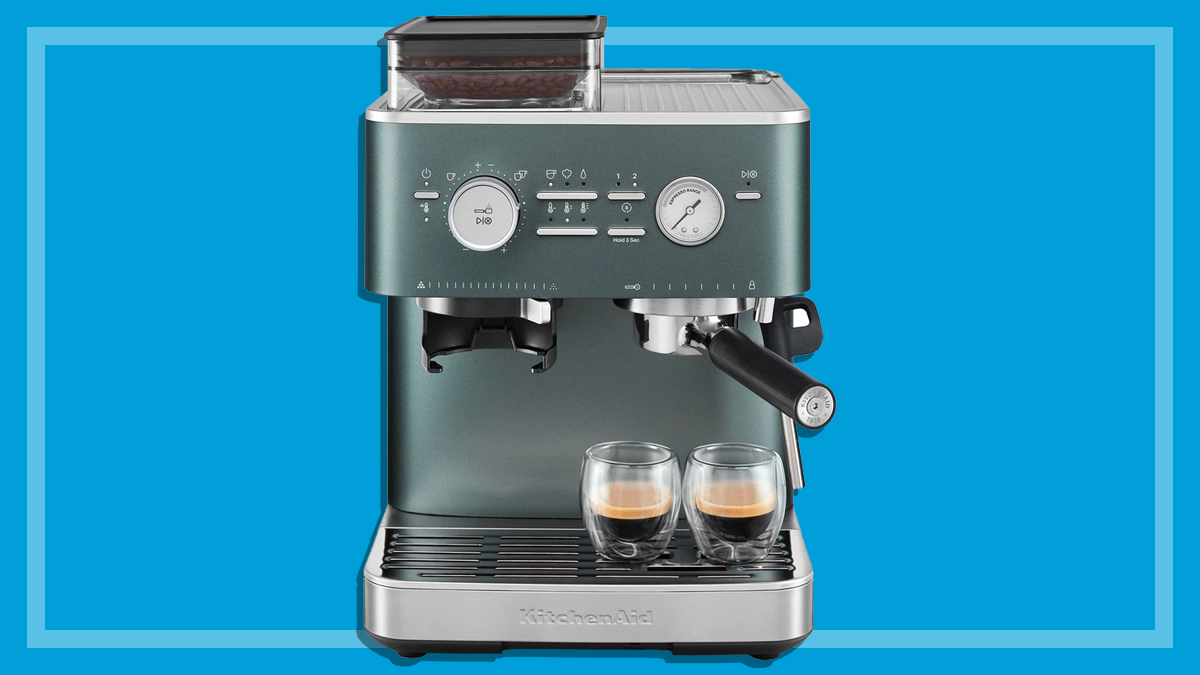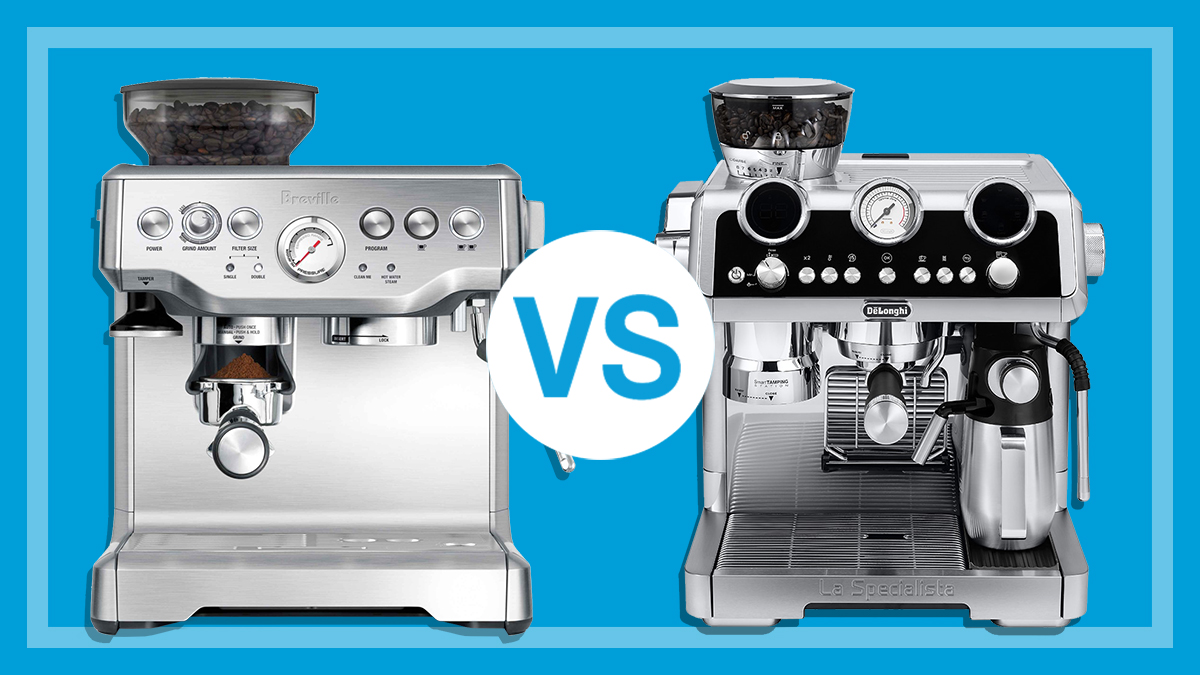Get our independent lab tests, expert reviews and honest advice.
How to make the perfect cup of coffee
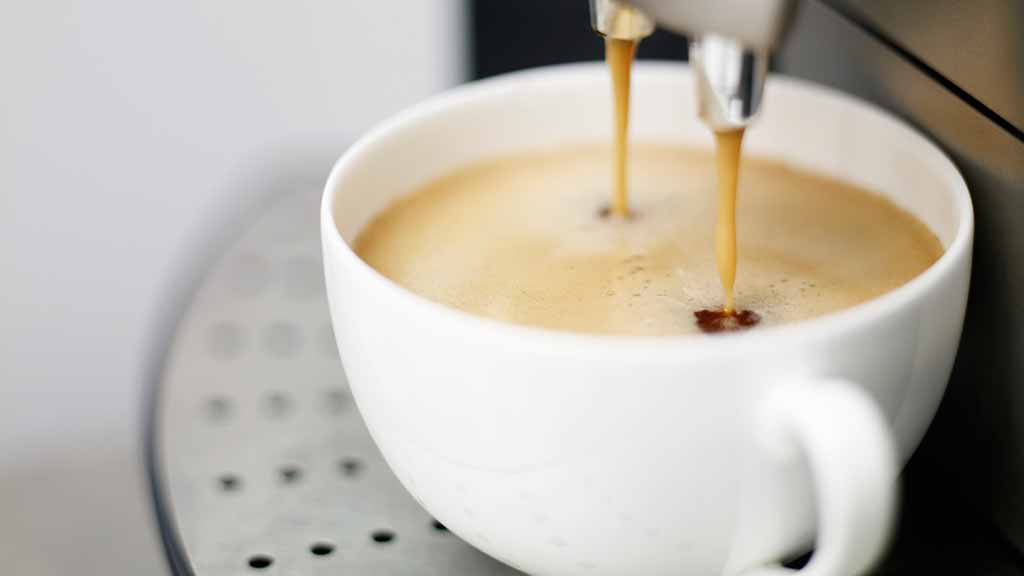
Who doesn’t enjoy the rich aroma of coffee in the morning? Or at midday? Or in the middle of the night?
OK, it’s possible some of us may have a slight coffee addiction. The problem is that good cafés aren’t open 24 hours a day – and we’ve been told it’s “inhumane” to keep your favourite barista chained to the machine locked in your basement – so, once you’ve bought your own coffee machine you’ll need to know how not to make your coffee taste like burnt milk and disappointment all by yourself.
These tips will help you get from a wince to a satisfied sigh when you create your first cup of the day, and avoid wasting money on bad coffee. Or fighting potential kidnapping charges.
- Video: A beginner’s guide to a good espresso
- The importance of water
- Tamping tips
- Coffee-making tips
- Milk-frothing tips
- Coffee making courses
- Summary
Video: A beginner’s guide to a good espresso
The importance of water
You can’t make coffee without water – though we’ve all munched on a mouthful of beans when we’ve been really desperate…right?
And the quality of the water you use in your coffee machine really can affect the quality of your coffee. Combining high-quality roasted coffee beans, freshly ground to the right fineness, with fresh, clean, filtered water, should result in a coffee hit that smells life-affirmingly good and has a great flavour and aftertaste too.
The brewing process varies depending on:
- what’s in the water
- water temperature
- how long the water is in contact with the coffee, and
- the grinder used to prepare the beans.
The best temperature for brewing is around 91-92°C.
- Water that’s too hot or that takes too long to pass through the coffee can result in a bitter flavour, and a bitter mindset for the rest of your day.
- Water that’s too cold or that passes through the coffee too quickly can under extract, leaving you with a horribly weak coffee that can often taste like dishwashing water.
Tamping tips
Tamping compresses your coffee grounds in the filter basket, letting the pressurised water flow through the coffee evenly to give you a quality espresso shot. A bad tamp can result in a poor-quality shot, which isn’t a great way to start any day. Thankfully, it’s easy enough to get right.
- Dose the ground coffee into the filter and place the filter on a flat, stable surface. Hold the filter in one hand and gently level the coffee with the other.
- Tamp it. Place the tamper on top of the coffee so it’s parallel to the surface and press down with even pressure.
The jury is still out on whether you should apply a final tamp. One firm tamp should be enough, followed by wiping the top of the filter basket to remove any loose coffee.
Coffee-making tips
- When you have a new machine, it’s a good idea to run a litre of water through through the group head with the handle and filter basket firmly in place to remove any funky factory flavours. Unless you like the taste of machine oil. No judgement.
- You should also push a cup of hot water through the steam wand.
- Once you’ve heated up the machine, switch the pump on to see how the hot water comes out without the group handle attached. Some machines tend to overheat the boiler, which makes the water too hot and produces too much steam. This can then burn the coffee granules. If this is the case with your machine, be sure to let some of the hot water out before making your coffee, to avoid a bitter start to your day.
- The standard amount of ground coffee for an espresso is seven grams for 30mL of water. If you like your coffee stronger (yes please!) and with more flavour, try increasing it to eight or even nine grams. Or, try reducing the amount of water to about 20-25mL.
- If you’re making a short black, don’t run more than 30mL of water through the grind, as you over-extract the coffee, and end up with unwanted and unpleasant flavours.
- Always use fresh water straight from the tap, or bottled water that doesn’t have a chlorine flavour. Coffee should not taste like your backyard pool.
- During the warm-up period, keep the group handle in the group head so that every part of the machine that comes into contact with the coffee gets hot.
- Some machines have an inbuilt cup warmer, but you can also just run some hot water from the machine into the cups instead.
- Run a small amount of water though the machine after frothing milk to cool the internal parts down. This is important if you’re going to make more coffees, as the extra heat from the frothing process can burn the grind.
Milk-frothing tips
90% of coffee beverages drunk in Australia and New Zealand are milk-based. So the frothing technique is especially important to us when making the perfect cup of coffee.
- Some machines come with a froth enhancer. They’re easy to use but often put large bubbles into the milk, which you don’t want. Generally, a rich, silky froth is achieved by following the right technique without using the froth enhancer.
- Use a small stainless steel jug and cold milk straight from the fridge. Using warm milk won’t give your machine enough time to froth. Inject steam until the milk reaches about 65°C; by then it should be the right texture for pouring. You should aim for the froth to stay stable for at least five minutes.
- Make sure you don’t heat the milk beyond 72°C or reheat it down the track.
- When you’re using the steam wand, be sure you wipe off any condensation before putting it in the milk. Once you have dry steam, avoid splatters by putting the tip of the wand into the milk, then lifting it so it sits just below the surface. To spin the milk, tilt the jug slightly.
- A thermometer is a handy tool to have if you’re just starting out. But if you don’t have one, the milk is generally at the right temperature when you can no longer hold your hand at the bottom of the jug. If your fingers start turning red, you’ve gone past the recommended temperature.
- To break any air bubbles in the milk, tap and then swirl the jug around on your bench after frothing. Pour the milk into the tilted cup immediately, with consistent speed, before its texture changes.
- Wipe the steam wand with a clean sponge or cloth that you haven’t used to clean anything else to avoid possible cross-contamination, and remove any crusty milk bits left behind.
Coffee-making courses
There are more coffee making courses – or barista courses – available in cities around Australia than you can poke a steam wand at. So if you feel like you need a leg-up with some face-to-face tutoring, a quick search online will direct you to the closest one to you. Of course, if you have a favourite café that makes the coffee you already love, that could be a good place to start.
Summary
Coffee
- Clean filtered water in machine
- Well tamped quality ground coffee (at least 7g) in group head
- Warmed cup
- Run no more than 30mL through the coffee into cup
Milk
- Small stainless steel jug and cold milk straight from the fridge
- Wipe off any condensation before putting steam wand in the milk
- Tilt jug slightly to spin milk
- The milk is generally at the right temperature when you can no longer hold your hand at the bottom of the jug

